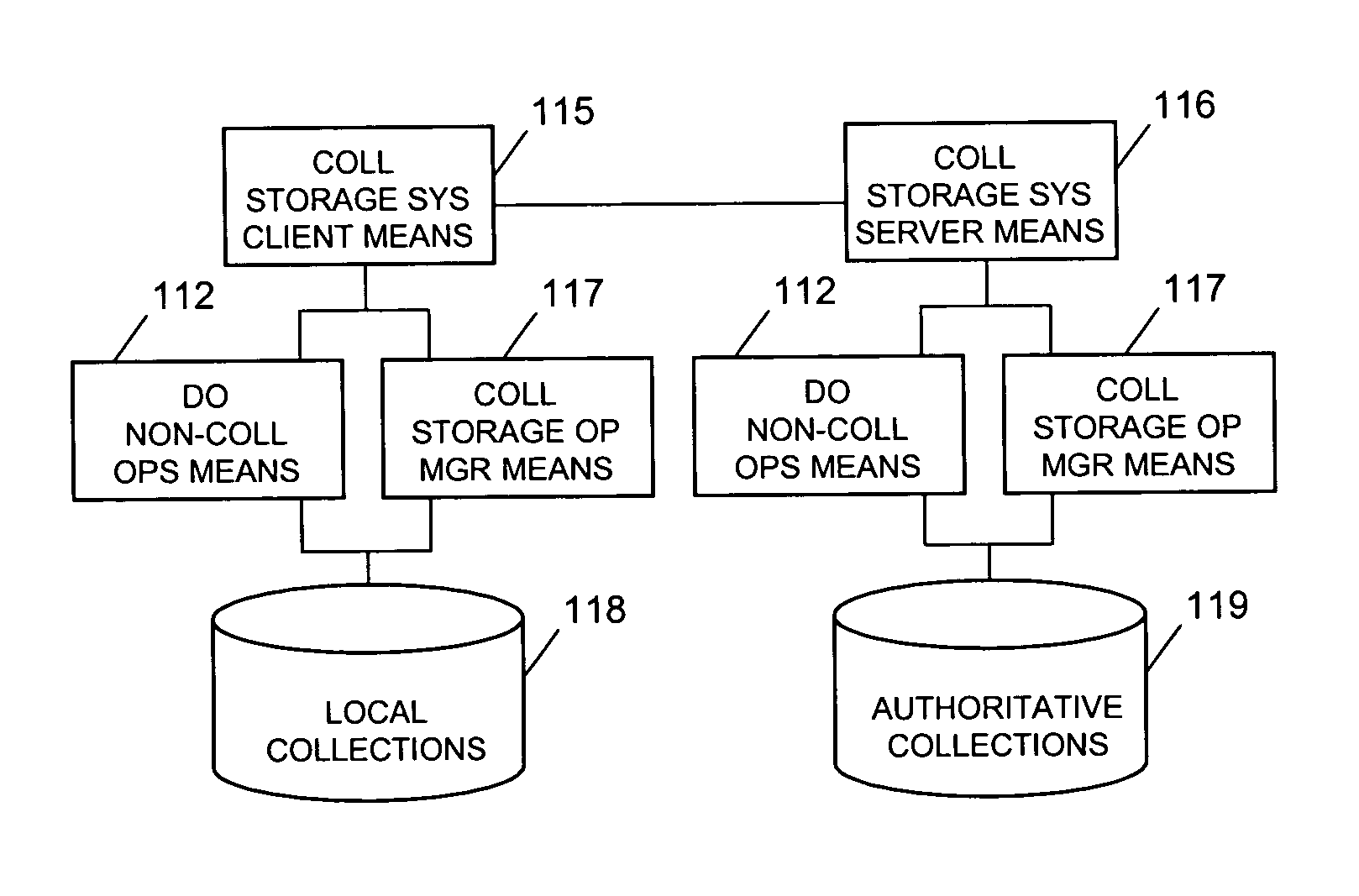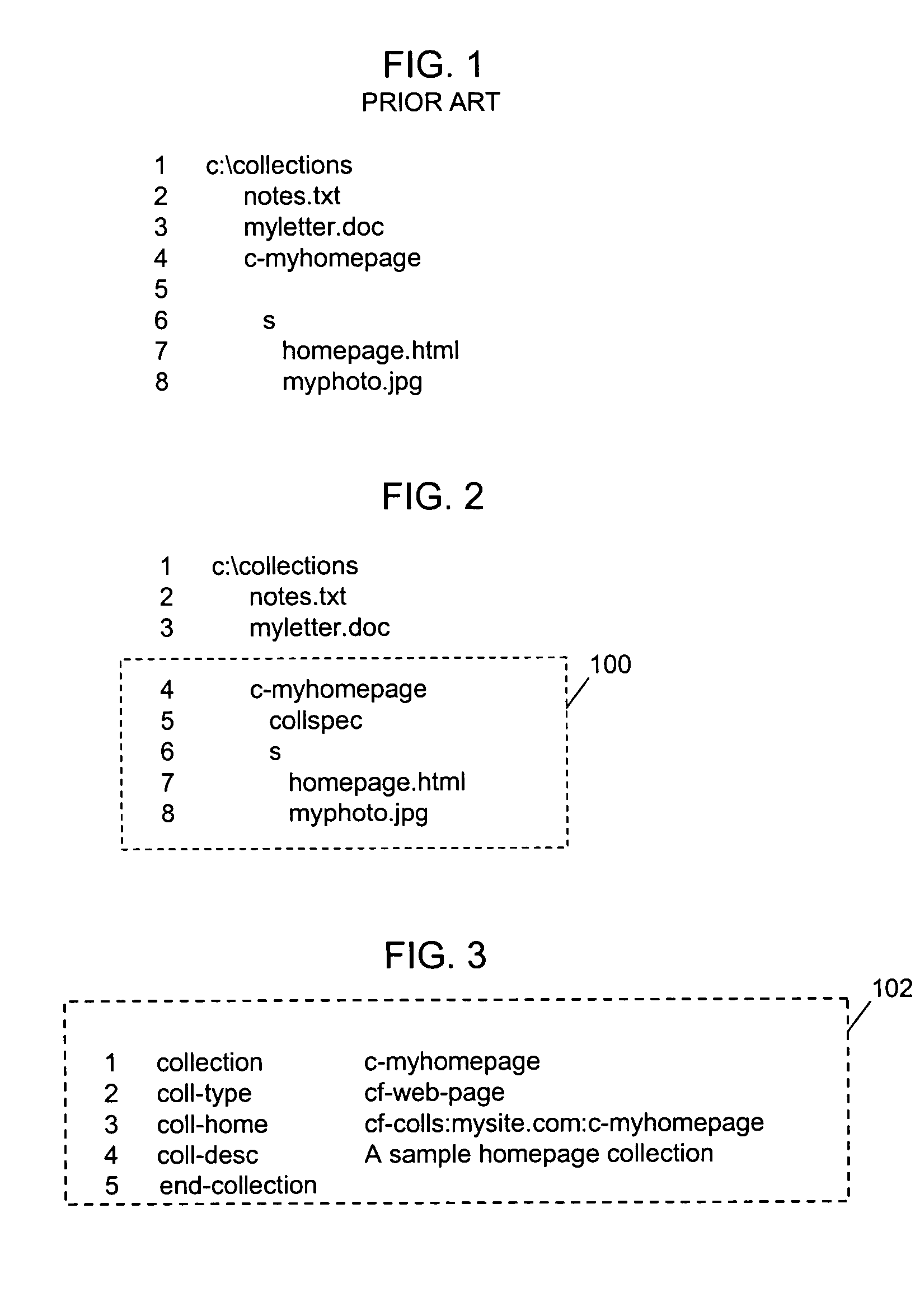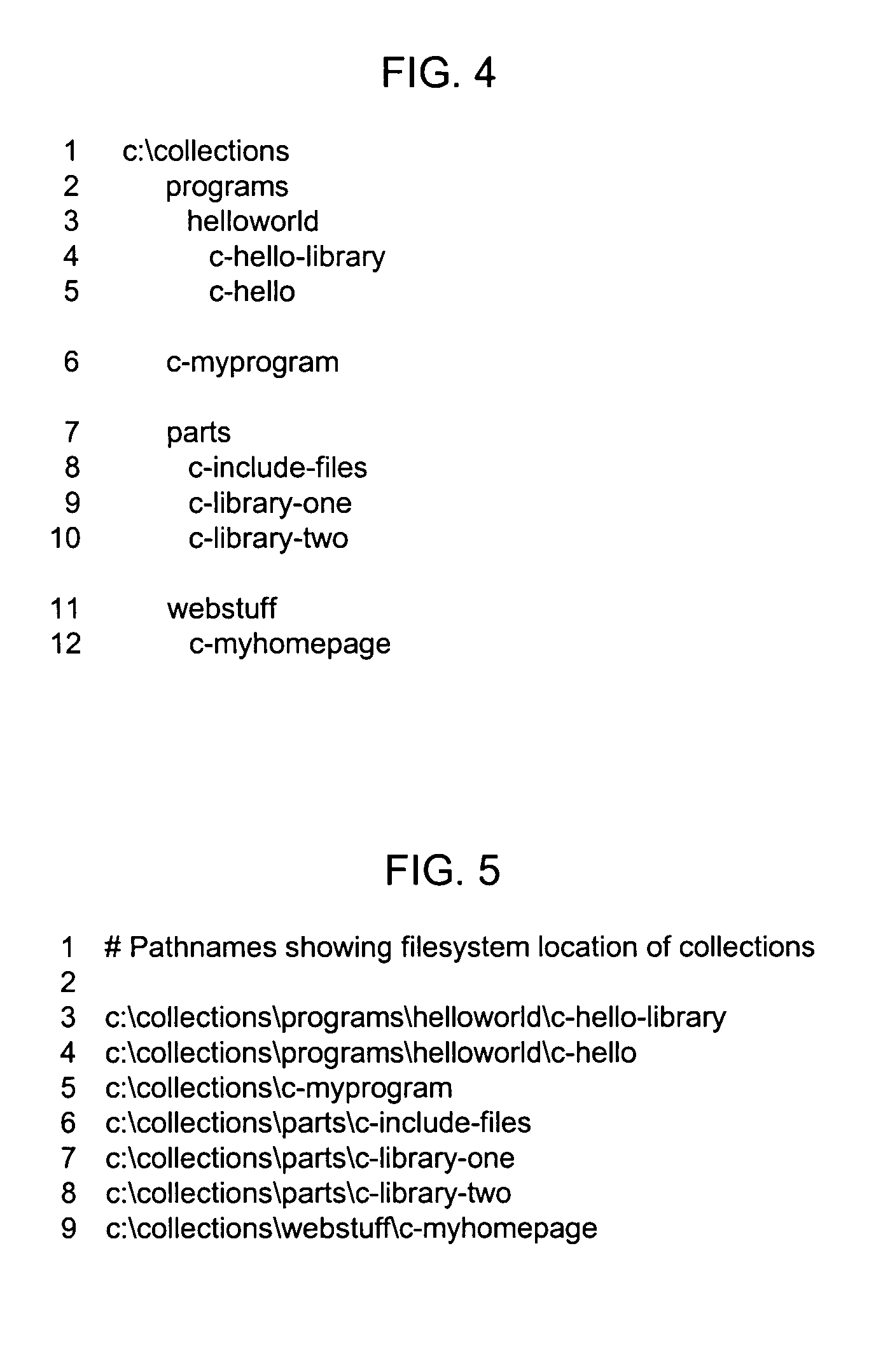Collection processing system
a processing system and collection technology, applied in the field of computer software programs, can solve the problems of increasing the productivity of people, the execution problem of the collection process is another problem to solve, and the inability to scale up the computer system to process individual collections or large sets of collections in convenient ways, so as to improve the productivity of human knowledge workers
- Summary
- Abstract
- Description
- Claims
- Application Information
AI Technical Summary
Benefits of technology
Problems solved by technology
Method used
Image
Examples
Embodiment Construction
The following disclosure describes the present Collection Processing System invention with reference to a preferred file system implementation of the invention. However, the invention is not limited to any particular computer architecture, operating system, file system, database, or other software implementation. The descriptions that follow should be considered as implementation examples only and not as limitations of the invention.
Introduction to Collection Processing Systems
The following several sections introduce the present Collection Processing System by describing a major design goal and several major functional needs that motivate the architecture of a preferred implementation that is described in this document.
After readers have gained a first understanding of the overall system, further implementation details are presented in subsequent sections.
Design Goals for a Collection Processing System
The main design goal of the present invention is to make it easy for pe...
PUM
 Login to View More
Login to View More Abstract
Description
Claims
Application Information
 Login to View More
Login to View More - R&D
- Intellectual Property
- Life Sciences
- Materials
- Tech Scout
- Unparalleled Data Quality
- Higher Quality Content
- 60% Fewer Hallucinations
Browse by: Latest US Patents, China's latest patents, Technical Efficacy Thesaurus, Application Domain, Technology Topic, Popular Technical Reports.
© 2025 PatSnap. All rights reserved.Legal|Privacy policy|Modern Slavery Act Transparency Statement|Sitemap|About US| Contact US: help@patsnap.com



